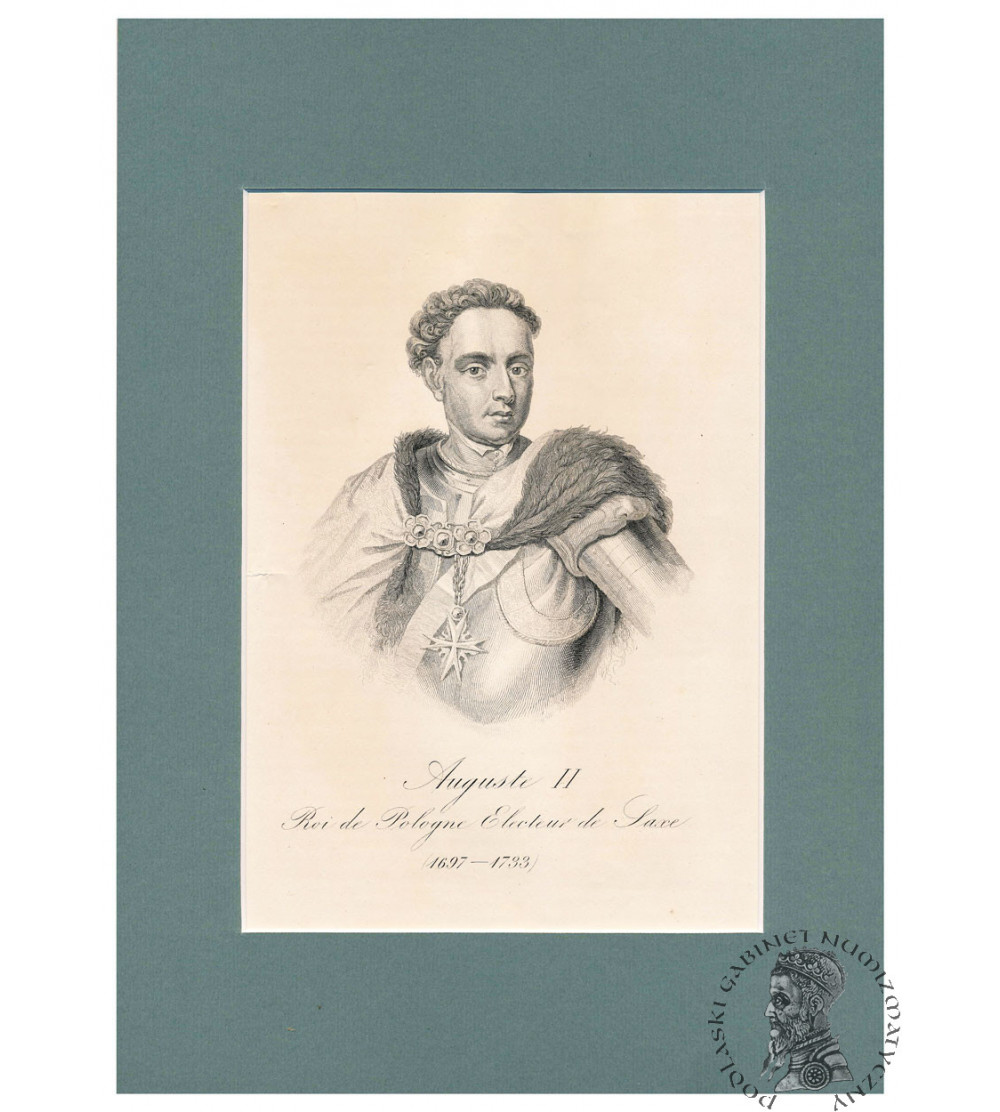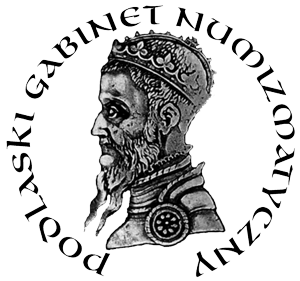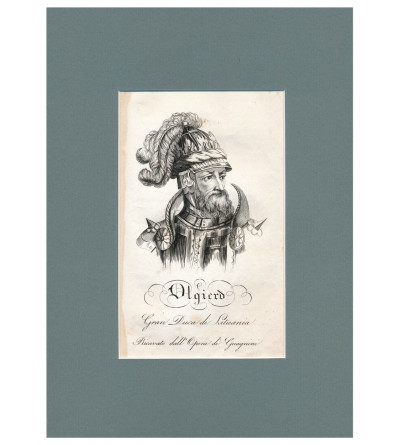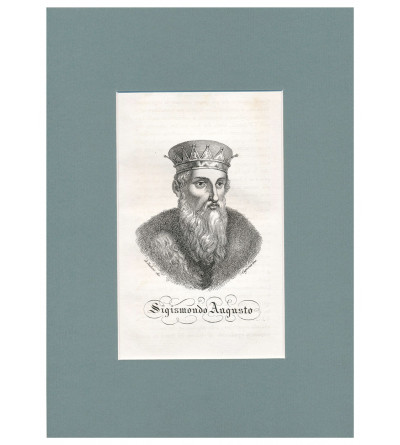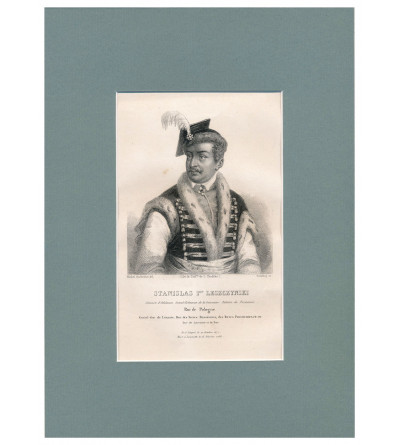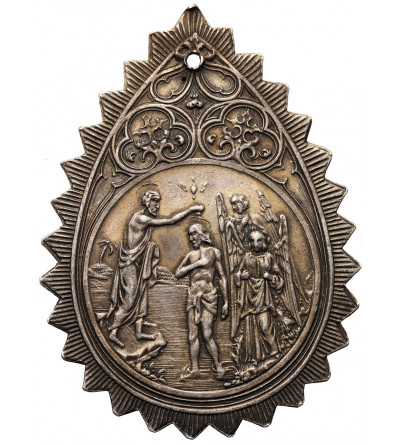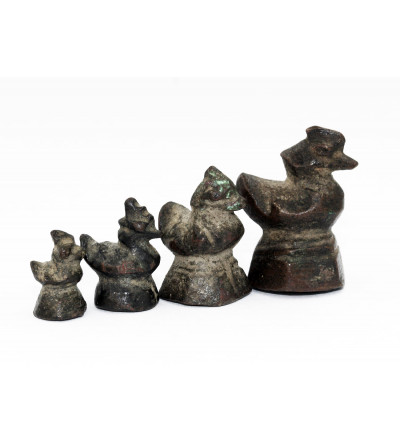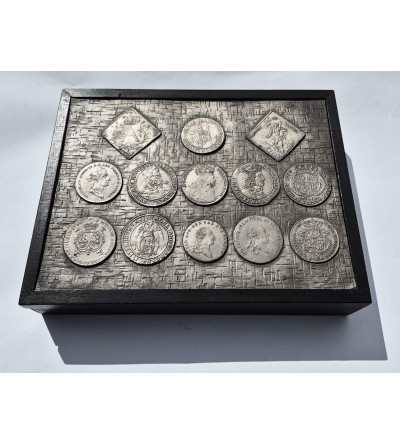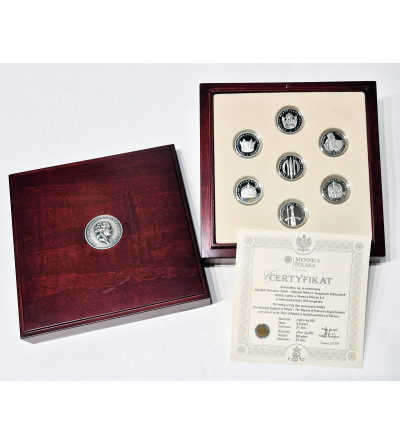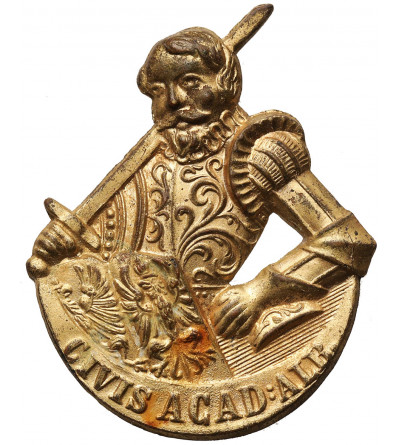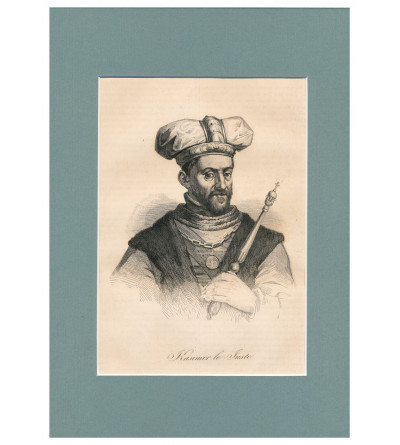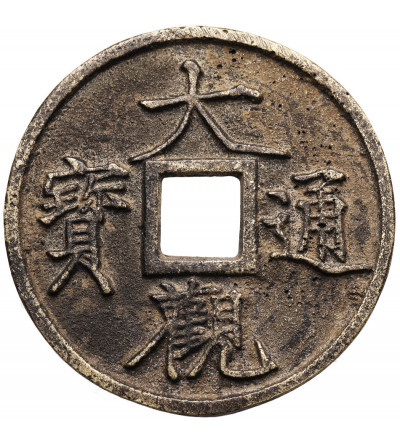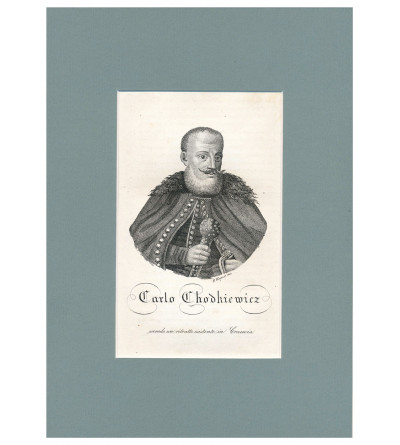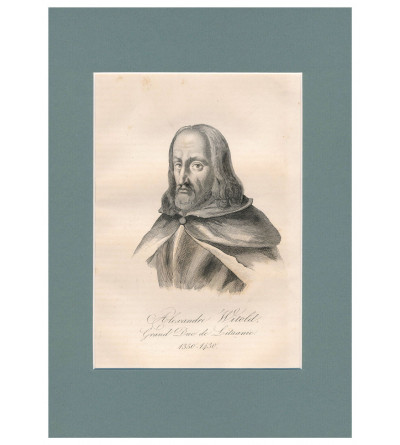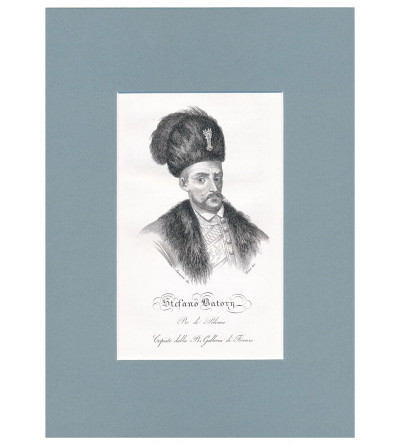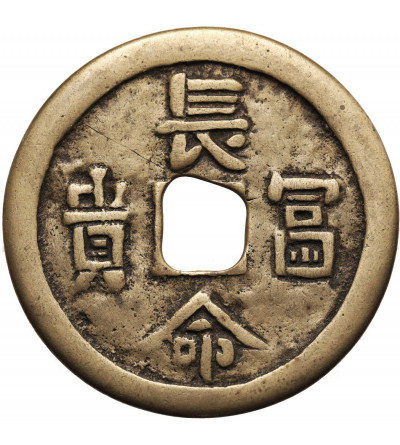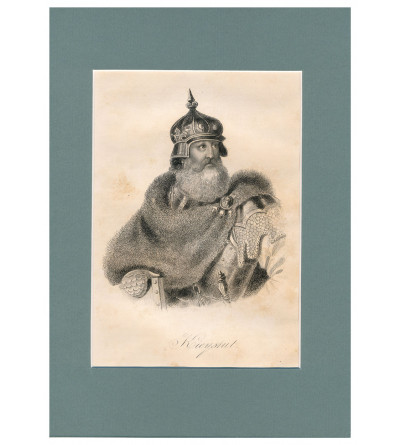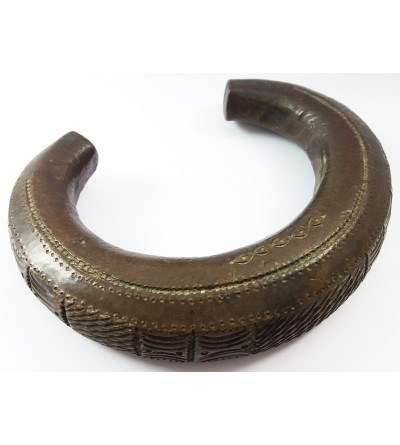Augustus II the Strong, Augustus II Saxon (May 12, 1670, died February 1/2, 1733) - Elector of Saxony from 1694, King of Poland and Grand Duke of Lithuania from 1697, representative of the German Wettin dynasty. He came to the Warsaw throne through bribery and Russian interference, despite the fact that most of the nobility favored the French candidate. August II the Strong was an advocate of absolute power, impossible to implement over the Vistula. He dragged the Republic into the devastating Great Northern War. Dethroned in 1704, he relinquished the Polish crown in 1706 as a result of the Swedish invasion of Saxony. In his place, the Swedes put forward Stanislaw Leszczynski. Augustus II the Strong returned to power in 1709, thanks to Russian patronage. From 1715 to 1717 he struggled against the Tarnogród Confederation, which was formed by the nobility. The reign of Augustus II the Strong brought his native Saxony a period of prosperity and increased political importance. For Poland, however, they meant another disaster in every area, on a scale close to the Swedish Deluge of the mid-17th century. source: wielkahistoria.pl
CHODŹKO, Leonard Borejko (1800-1871), La Pologne historique, litteraire et monumentale, (...), 1835-1842. A monumental work by the famous Polish émigré publisher Leonard Chodźko which is a history and geographic-political description of Poland. The work was published in three volumes. The first part is the history of Poland from the earliest times to the reign of Wladyslaw Lokietek. The second volume covers the history of Poland from the reign of Casimir the Great to the death of Stefan Batory, while the last volume covers the history of Poland from the beginning of the reign of Sigismund III Vasa until the events contemporary to the Author and the Readers, i.e. the November Uprising. Each part also contains descriptions of unique and interesting places in Poland, as well as basic information about literature, art and science. In addition, the work contains examples of exceptional monuments in the Polish lands. An important part of the work includes fairy tales, legends and short stories, as well as an essay on dramatic theater in Poland. The work also contains a description of Polish dances, such as the polonaise, mazurka, and krakowiak. The work is very richly illustrated, with numerous intaglios, natural monuments, sacred objects, castles, palaces, cities, portraits of important historical figures from the history of Poland, works of art, notes of songs, etc. This brings the total to 180 engravings (including maps), in a set of three volumes, i.e. 60 engravings for each volume collated with a table at the beginning of the volume.
